The last R. L. Deppmann Monday Morning Minutes outlined some water quality decisions when using steam for humidification. Which humidifier should you select based on the heat source and water quality?
Steam Source – Existing HVAC or Process System
The least expensive first cost option is to use the steam which is being produced for heating or a process such as sterilizers. Since the source is already existing or required as new, adding the humidifier load should be cost-effective.
If you find the steam quality is clean enough to use directly as the humidification source, DriSteem has three model series for you to consider for this pressurized steam application. The first thing we should do is reduce the steam to low pressure to assist with better control. This is not a “must do” but R. L. Deppmann recommends low pressure.
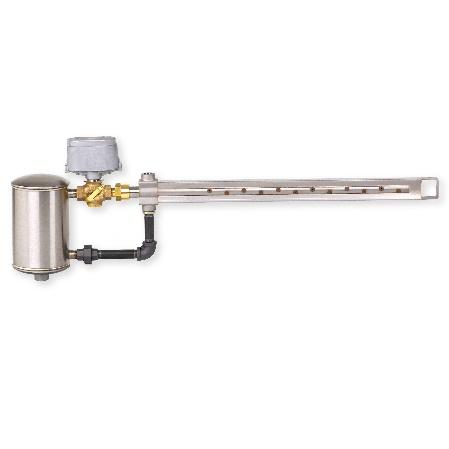 |
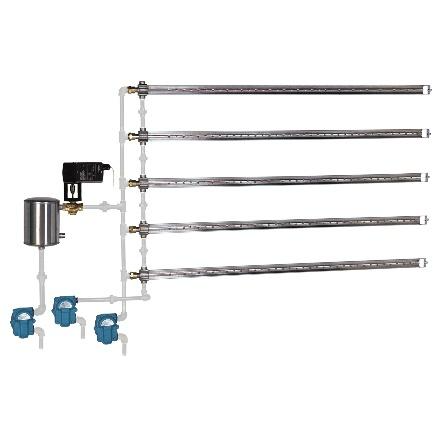 |
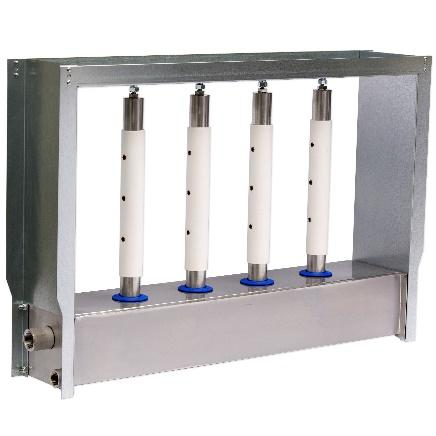 |
|
Single Tube |
Multiple Tube | Ultrasorb® |
| Factory assembled up to 525 PPH | Field assembled up to 3989 PPH | Factory assembled up to 4000 PPH |
What if pressurized steam is available but the quality is not suitable for direct injection into the airstream? A steam-to-steam (STS) ® humidifier may be the solution you choose. This series has a heat exchanger with steam in the tubes and non-pressurized steam produced for humidification.
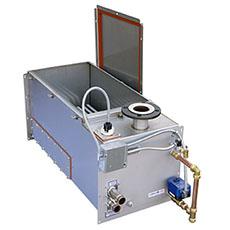 |
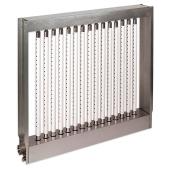 |
|
STS® Steam-to-Steam Generator |
Many choices for steam dispersion |
| 20 to 1600 PPH |
These models will produce steam at very low pressure, think ounces of steam pressure. The steam is piped with a short hose to the dispersion header. There are many dispersion methods depending on capacity, piping method, and absorption distance required. One multitube example of a dispersion panel is shown above.
If water quality may be an issue, DriSteem has a solution I’ll address later in this article.
Steam Source – Natural Gas
If the source of the heat for steam production is natural gas, you will use a gas-to-steam (GTS) ® model. These steam generator models can be mounted inside or outside and have multiple dispersion methods.
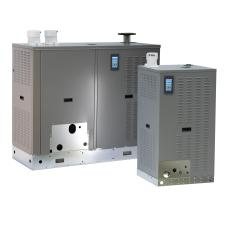 |
 |
| GTS® Gas-to Steam Generator | Many choices for steam dispersion |
| 50 to 600 PPH |
Like the STS model, these units may use the city water or treated water to produce steam.
Steam Source – Electricity
There are a variety of electric humidifier manufacturers in commercial buildings and industrial applications. DriSteem is a leader in the technological advancement of this product type. The following are the commercial models available. Smaller, residential, models are not shown but they are available.
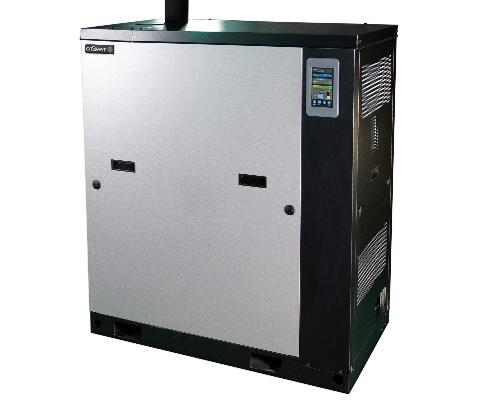 |
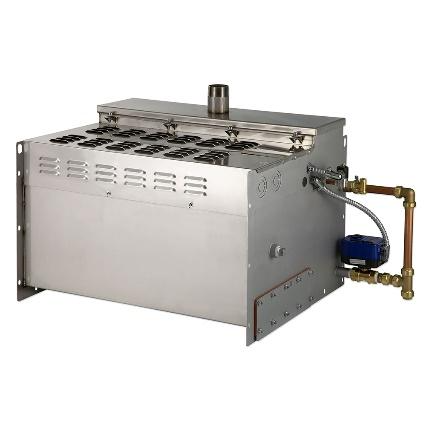 |
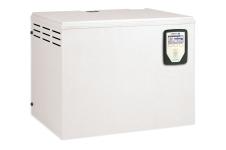 |
|
RTS® |
Vaporsteam® | Vapormist® |
|
6 to 324 PPH |
5.7 to 285 PPH |
6 to 102 PPH |
| 1% RH Accuracy | 1% RH Accuracy |
3% RH Accuracy |
The RTS and Vaporstream have 1% accuracy controls. The Vapormist has a lower accuracy of 3%. The RTS model is set up so you can use city water or convert to RO water without changing components. That is a nice feature. The RTS was designed to make maintenance easier, so we tend to suggest this product first. All three of these models are resistive heaters. They have features to help reduce the amount of maintenance required.
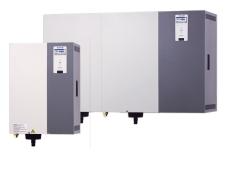 |
|
XT® |
|
5 to 287 PPH |
There is also a model which we normally do not lead with on institutional projects. These units use replaceable cylinders. The model XT is shown above. It has a lower first cost than the previous models. The cylinders will have to be replaced regularly. These models must have water that has some “hardness” with a conductivity of between 125 and 1250 micro-Siemens.
Water Quality Concerns – RO Water Options
In the last R. L. Deppmann Monday Morning Minutes we discussed 3 Simple Decisions for Commercial Steam Humidification Design. The blog mentioned the trade-off between first cost and operational costs when the city water hardness was questionable. DriSteem offers several solutions to provide treated water.
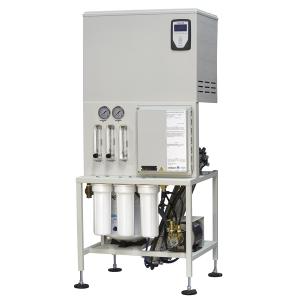 |
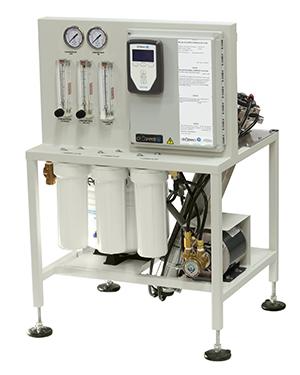 |
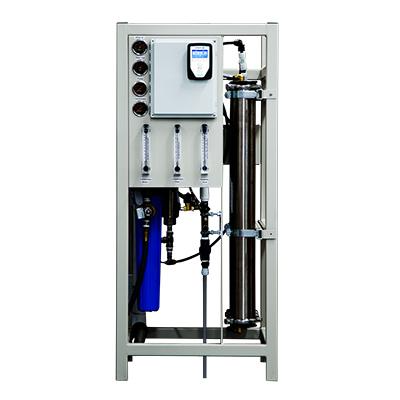 |
|
Packaged Vapormist & RO |
Hydrotrue® RO-200 | Hydrotrue® RO 400 |
| 6 to 102 PPH | 100 to 300 PPH |
250 to 5,500 PPH |
Water quality in humidification impacts maintenance costs and operation. The engineer should identify the water hardness available and, when appropriate, discuss the construction cost impacts to reduce those operational costs.
We hope this R. L. Deppmann Monday Morning Minutes helps you make a quick decision about which humidifier system you should choose for your next project.

